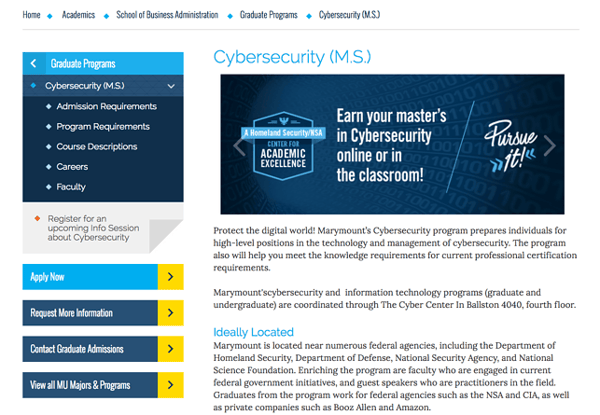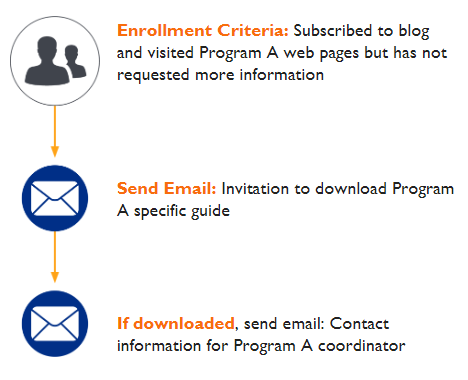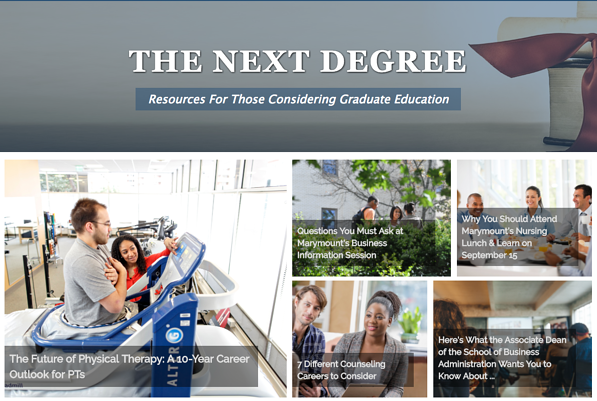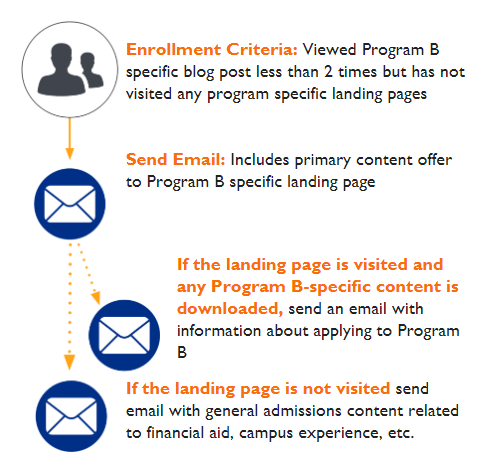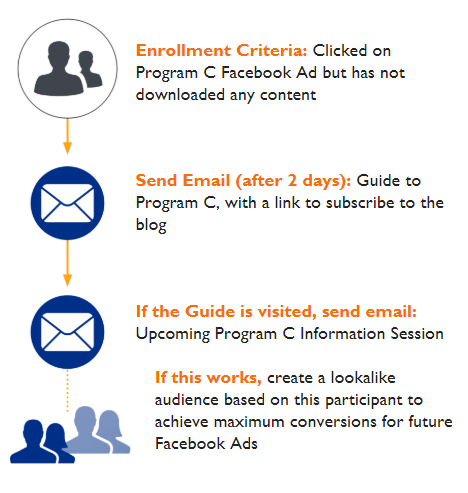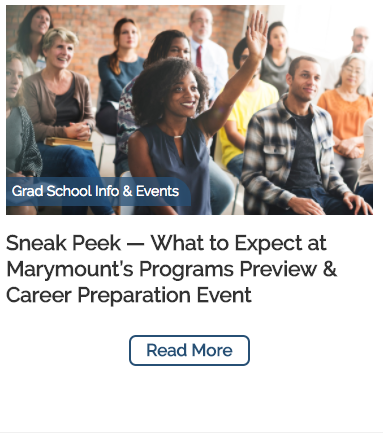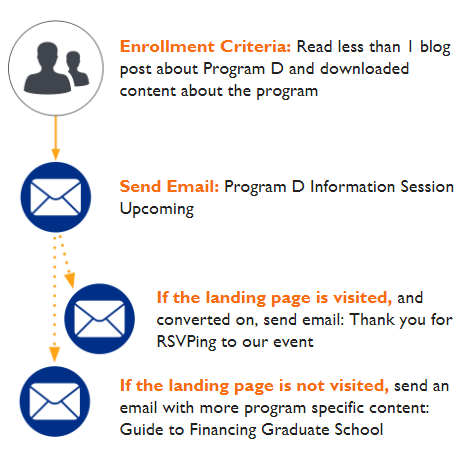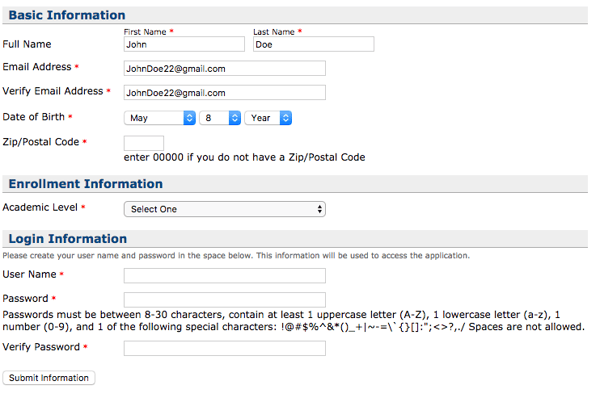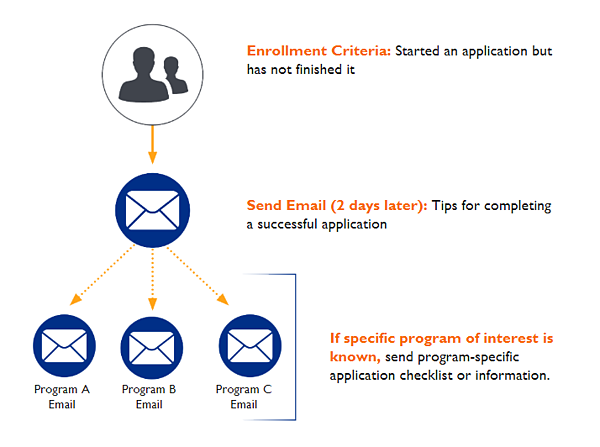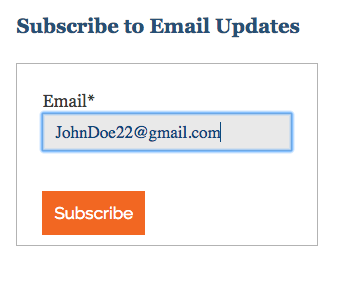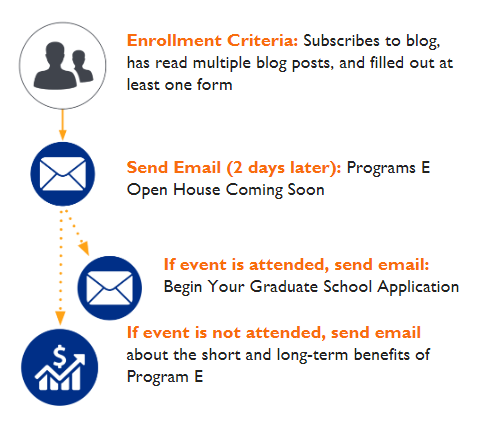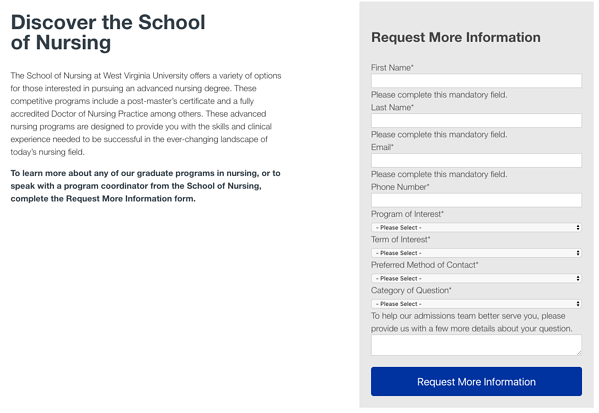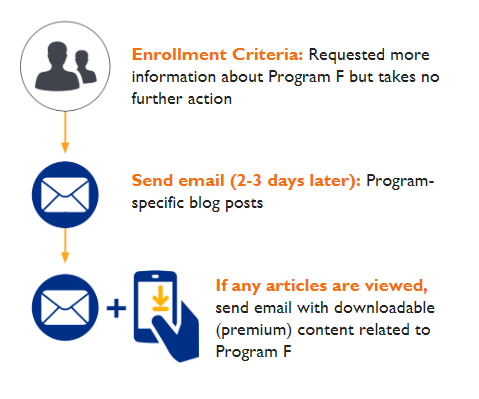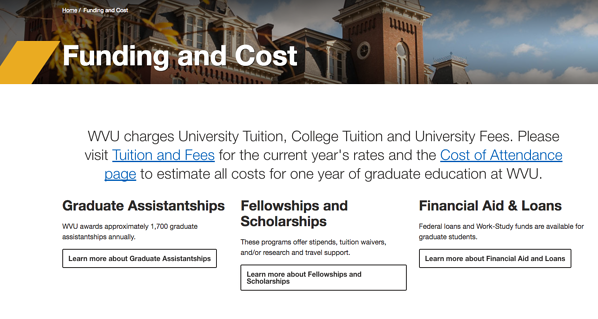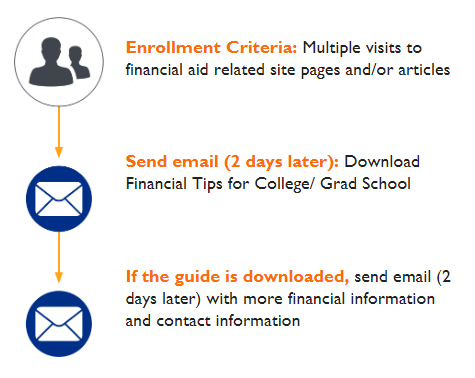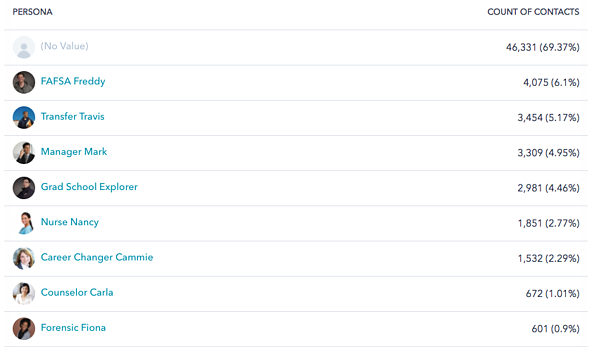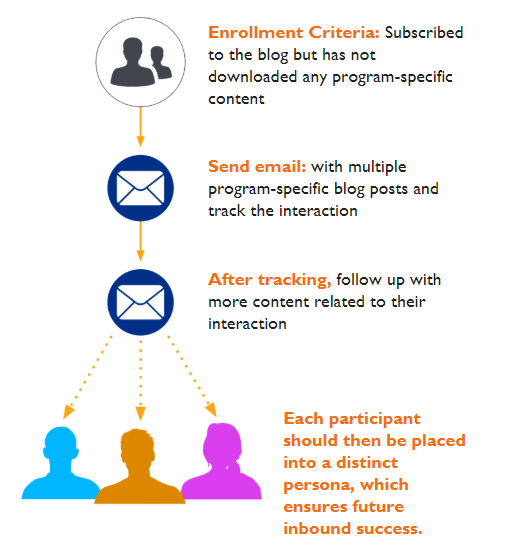The Essential Guide to Content Nurturing Workflows for Enrollment Marketers
This digital resource will give you 9 examples of Content Nurturing Workflows that show you detailed processes that leverage prospective student behaviors that are directly related to the content they are consuming.
This data-driven method improves engagement and generates positive applicant conversion results. That’s why we made this resource - The Essential Guide to Content Nurturing Workflows for Enrollment Marketing - to help you learn how to take a stranger through the entire Applicant Journey using positive engagement via relevant content triggered by workflows.

